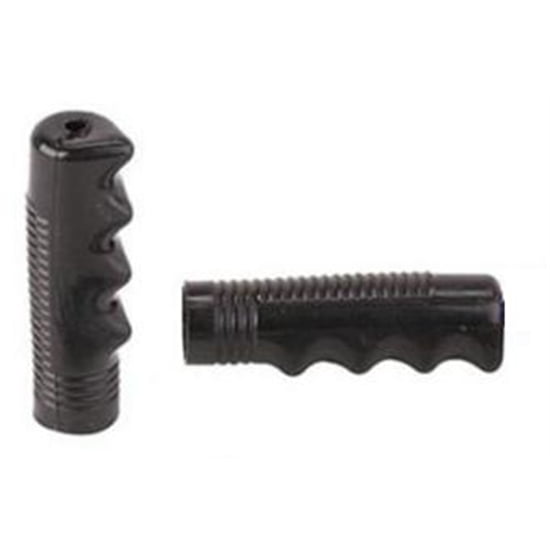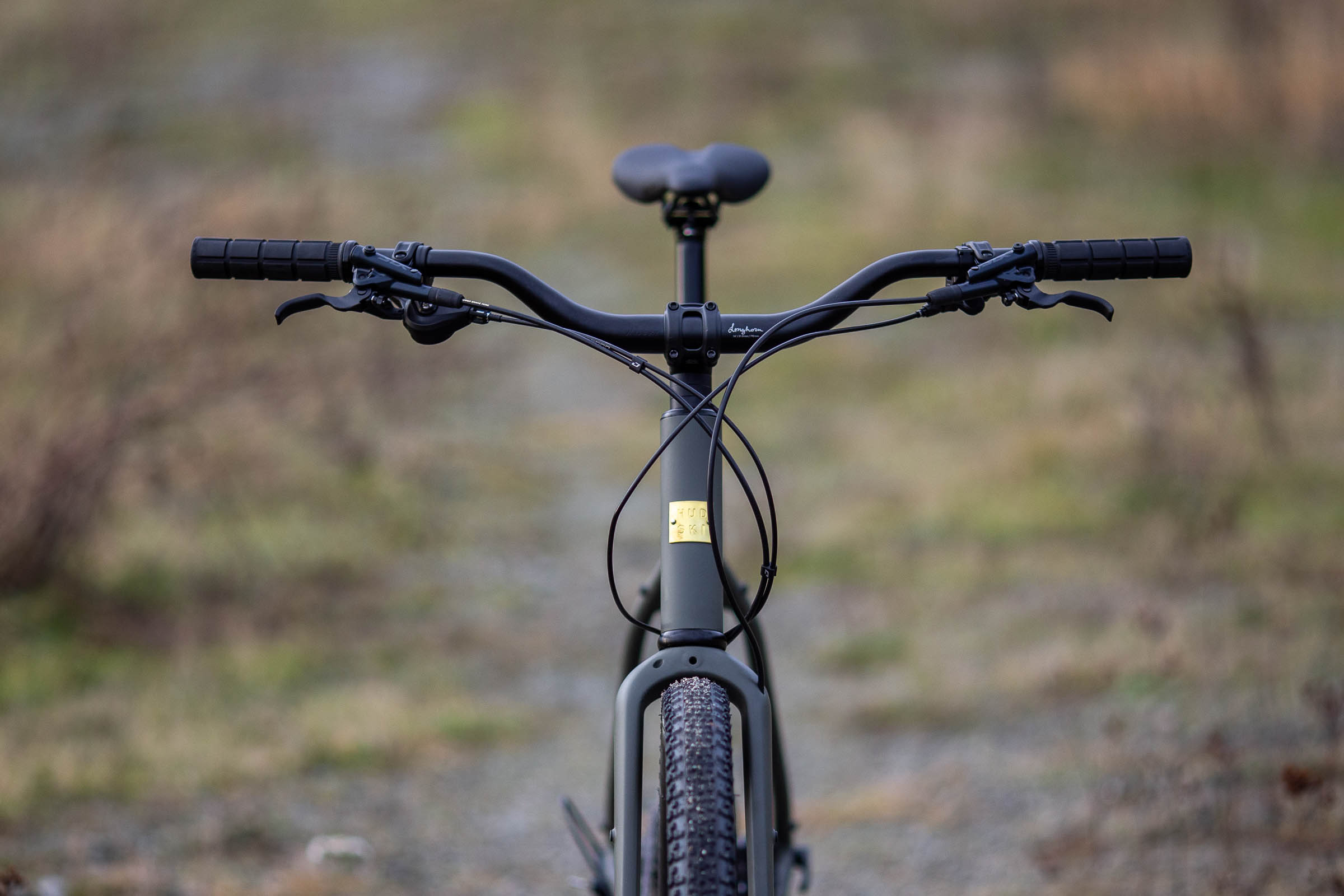

After this, try to twist and pull the handlebar out of its position again.ģ. If this doesn’t work, you need to slacken the locknut using a wrench and apply WD 40 or oil to its base.Īfter you do this, wait a while (5 – 10 minutes on average), and hit the base with a hammer or heavy metal object.

Remove the handlebar by twisting it in a circular motion, and pulling as you twist. Loosen the clamp bolts on the stem with an Allen wrench.Ģ. Ensure your bike is firmly secure on the ground, then hold it in place with your feet. You may also need a steerer extender if you are taller than the average person and need to adjust your bike to accommodate your height.ġ.

You will need a couple of tools to start your fixing. In order to make sure you enjoy and improve your cycling experience, here are some tips on how to adjust your handlebars for your height and body type. Professional cyclists normally have a dropped handlebar, so that their saddles are above the bar, but recreational cyclists normally don’t practice this pattern.Ī lower bar height, however, can cause you to be more cantered and comfortable while riding, but if it gets too low, you may have a problem controlling your bicycle. Handlebars are just as important as your saddle or drivetrain, and can make your cycling experience less than pleasurable if not properly adjusted based on your body type. Having the right cycling equipment and gears ensure that you get the most out of your cycling experience, and while many tend to focus on other factors such as tire pressure or the height of the saddle, an often overlooked part of your bike are the handlebars. Looking for more information on comfort bikes?.


 0 kommentar(er)
0 kommentar(er)
